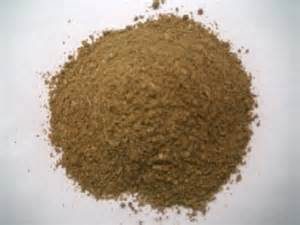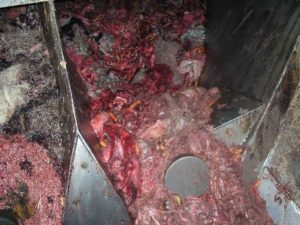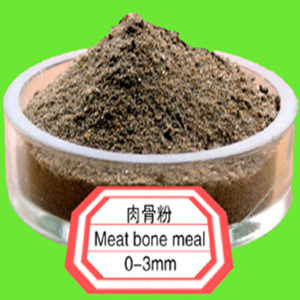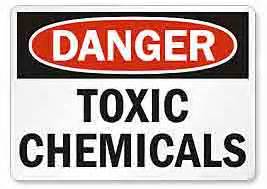Read your pet food labels, part 3
I don’t know about you, but after reading Parts 1 and 2 of “Read Your Pet Food Labels,” I am so disgusted by inexpensive, commercial pet food that I it breaks my heart that so many beloved pets are eating this stuff on a regular basis. In fact, one of my friends who read my blog even wrote me an email (her cats are on a raw diet). Her neighbor, who feeds a colony of feral kitties in their neighborhood, is out of town and her daughter is supposed to be feeding them. As it turns out she hasn’t been very good about her feeding duties, and the cats are staring at empty food bowls. My friend, who is deeply concerned by this, decided she would go to the grocery store and buy the same food her neighbor buys in an effort to help take care of the cats. She looked at the ingredients, and the first ingredient was corn. It made her sick to her stomach, and she ultimately couldn’t bring herself to buy it.
We have a few more ingredients to explore today, and I have to warn you, it may make you sick to your stomach, too! They include: meat meal, meat and bone meal, chemical preservatives, sugar, propylene glycol, and artificial colors.
Meat Meal. As defined by AAFCO, the Association of American Feed Control Officials, “Meat Meal consists of the rendered product from mammal tissues, exclusive of blood, hair, hoof, horn, hide trimmings, manure, stomach and rumen contents except in such amounts as may occur unavoidably in good processing practices.” (optimalpetfoods.com) It is still legal for pet food manufactures to source these products from dead, dying, diseased, or disabled animals.

Meat meal

meat bone meal

Meat bone meal
Meat and Bone Meal. This is rendered product from mammal tissues including bone, and has also been found to include animals who have been euthanized. Ann Martin, in her book, “Food Pets Die For”, exposed this revolting practice and the detection of sodium pentobarbital in pet foods, a veterinary drug used in the euthanasia of pet animals.
“At the rendering plant, slaughterhouse material, restaurant and supermarket refuse, dead stock, road kill, and euthanized companion animals are dumped into huge containers. A machine slowly grinds the entire mess. After it is chipped or shredded, it is cooked at temperatures of between 220 degrees F. and 270 degrees F. (104.4 to 132.2 degrees C.) for twenty minutes to one hour. The grease or tallow rises to the top, where it is removed from the mixture. This is the source of animal fat in most pet foods. The remaining material, the raw, is then put into a press where the moisture is squeezed out. We now have meat and bone meal.” (optimalpetfoods.com)
Chemical Preservatives: BHA, BHT, Propyl Gallate, Ethoxyquin, Sodium nitrite/nitrate, and T BHQ. These are all powerful chemicals used to prevent fats from going rancid. BHA, BHT, and TBHQ are all petroleum derived preservatives often used in food and hygiene products. Ethoxyquin has been banned for human consumption because it is believed to cause cancer. Manufacturers are not required to list this on the pet food label, and it is most commonly found in meat and fish-based ingredients. Propyl Gallate is used in foods, cosmetics, hair products, adhesives and lubricants. The use of these harsh chemicals are known to cause cancer, toxicity, and are neither inert or safe but are widely used in pet products. They are simply used as means to provide long shelf life.
BHQ. These are all powerful chemicals used to prevent fats from going rancid. BHA, BHT, and TBHQ are all petroleum derived preservatives often used in food and hygiene products. Ethoxyquin has been banned for human consumption because it is believed to cause cancer. Manufacturers are not required to list this on the pet food label, and it is most commonly found in meat and fish-based ingredients. Propyl Gallate is used in foods, cosmetics, hair products, adhesives and lubricants. The use of these harsh chemicals are known to cause cancer, toxicity, and are neither inert or safe but are widely used in pet products. They are simply used as means to provide long shelf life.
Sugar. Table sugar is used to make the products taste better, but it provides no nutritional value to pets.
Propylene Glycol. This is simply used as a flavor enhancer in pet food. It is the less toxic version of ethylene glycol or what we commonly know as “anti-freeze.”
Artificial Colors. Manufactures use artificial colors to make the product more appealing to consumers, essentially a marketing trick; there is no nutritional reason to include them. These products are synthetic chemical dyes and there are cases that link FD & C colors to cancer and other health problems.
Our pets deserve so much better than what the commercial pet food industry is calling pet food. It’s time to take control of your kitty’s health: start reading the pet food labels; start introducing real food that is biologically appropriate if you haven’t already. Cats’ bodies are very resilient and respond quickly to healthy changes in diet, according to Dr. Karen Becker, a holistic veterinarian from the Chicago area. She has an updated version of the best and worst foods to feed your pet that you can read or watch here. She also has another great article here that talks about ingredients in pet food to avoid and how to start incorporating better food choices that work for your budget.
Make the decision today to start feeding your precious kitty the diet she truly deserves and is biologically designed to eat! After all, isn’t she worth it?

